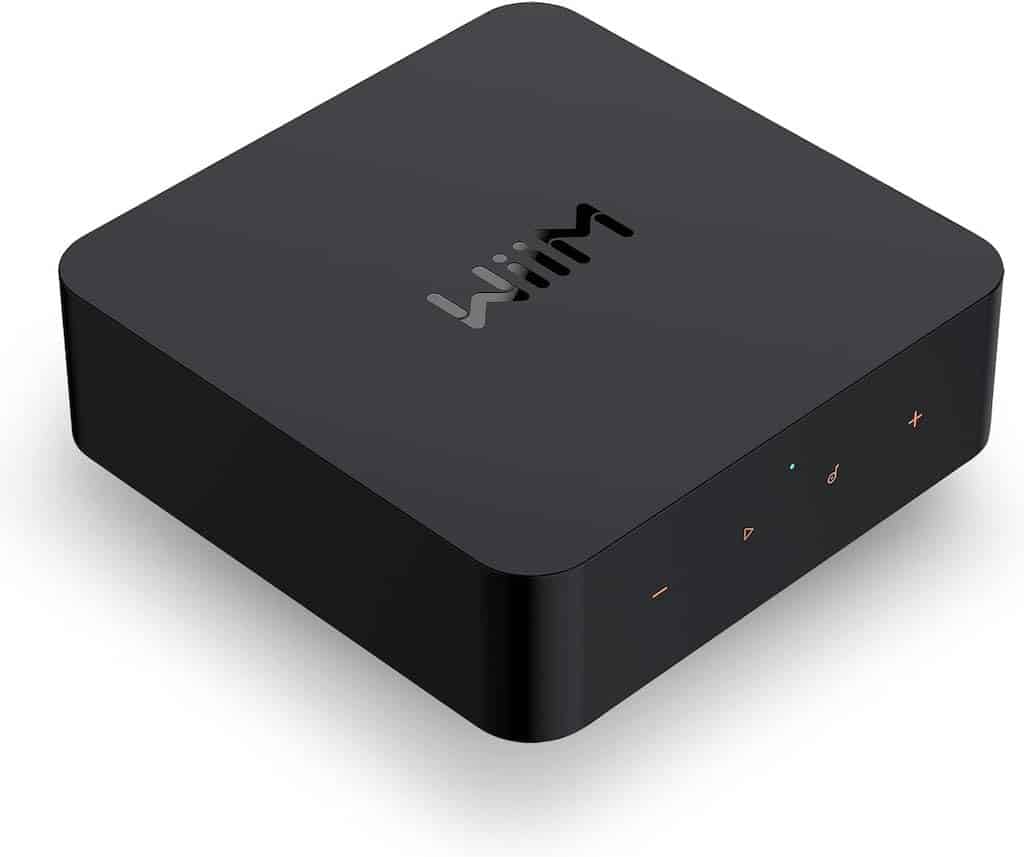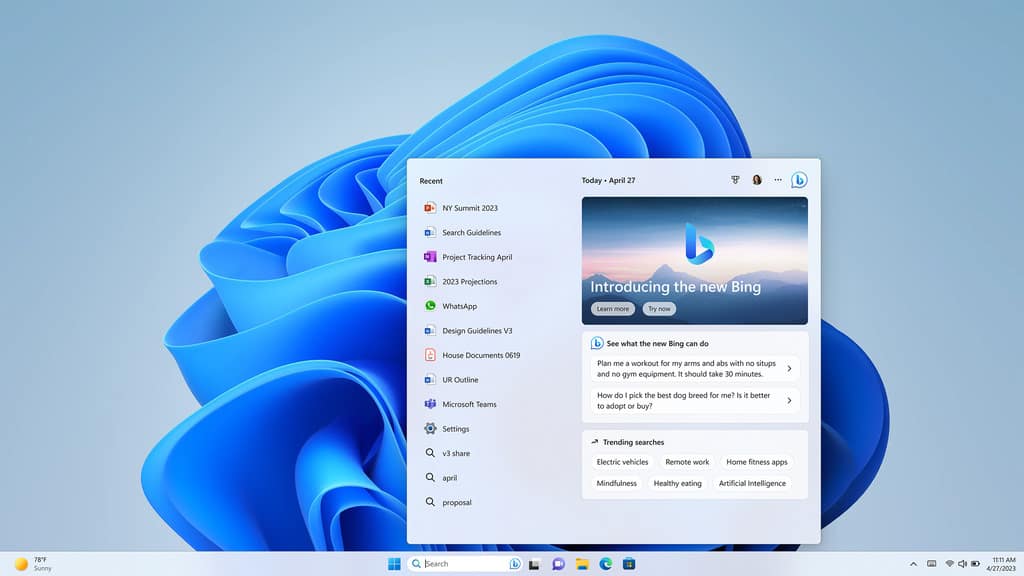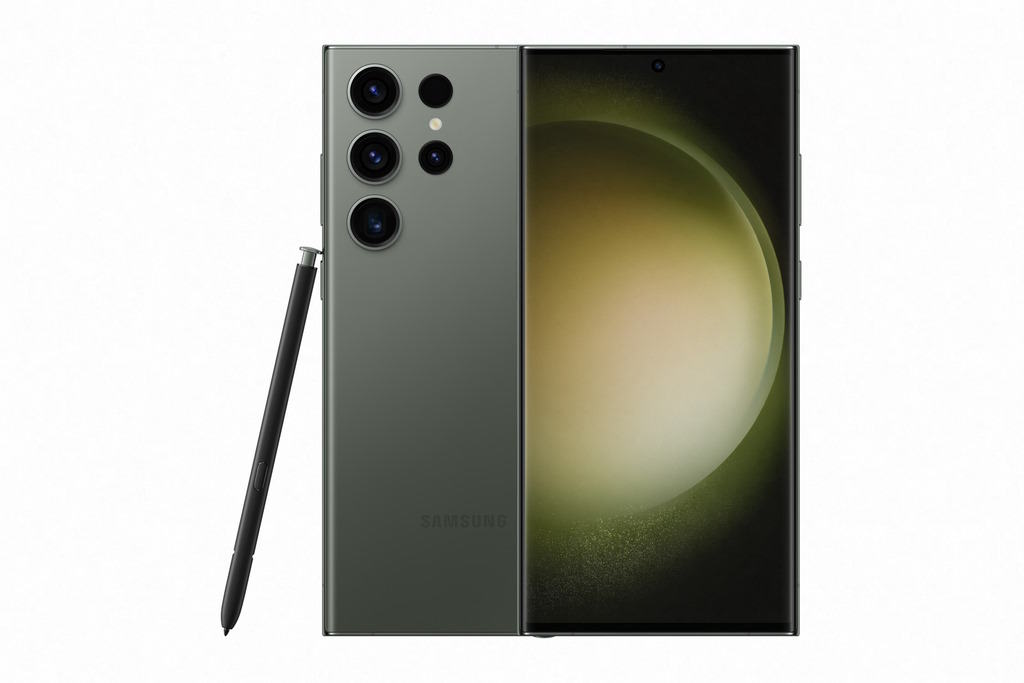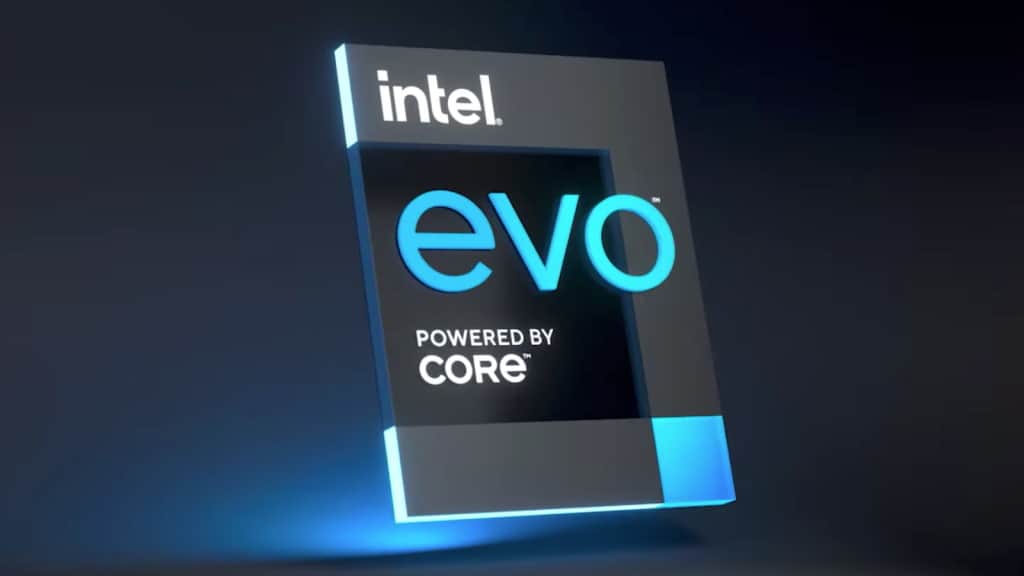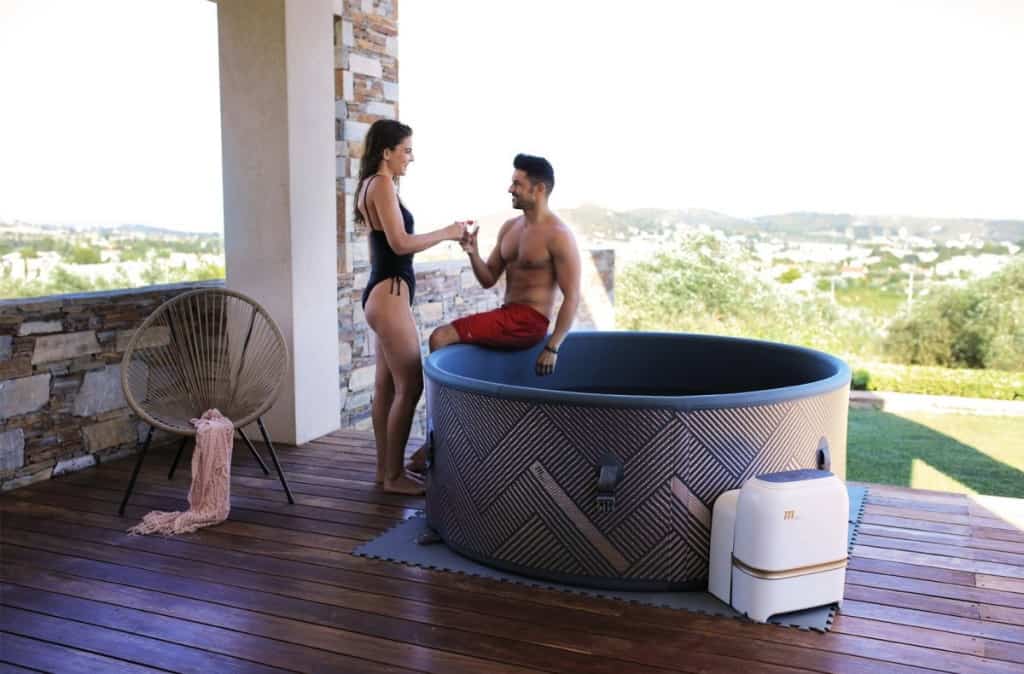-
- 9/109/10
Summary
T-60: $10,999
LP-62s: $8999
Prices include GST and delivery in New Zealand.
RICHARD VAREY settles in for some listening time with the biggest platter he’s ever used: the Amari T-60.
I’ve been building my record collection since the early 1970s, and I’ve invested in a series of increasingly competent turntables over the years, including a Garrard 401 and a Linn Sondek LP12. I now use The Wand 14-4 Turntable.
The Amari T-60 is my first home audition of a top-of-the-range machine from a Chinese producer. And it’s the biggest platter I’ve ever used! I’ve often wondered about the sonic benefit of a large platter. This turntable makes it very clear that stability and mass make for superior dynamic range and highly pleasurable sound from a vinyl disc.
The company’s stated goal is to ‘portray music as accurate to the original production without interfering, degrading or modifying what the composer or artist intended. This is accomplished through precision crafted components built to exacting standards, which are extensively tested mechanically as well as carefully evaluated by our knowledgeable and experienced staff of audiophiles and engineers. Our components are a combination of innovative design, high performance and a true love and appreciation of music. Our product lineup is meticulously engineered and built to last while taking into consideration the serious Audiophile who demands performance above all.’
Witchdoctor introduced the local importer and the Amari range in September. There’s a selection of these turntables set up for audition in the NZ importer Soundwe’s showroom on Milford, Auckland, along with products from the other ranges they import.
There are presently nine turntable models ranging from NZ$1500 to NZ11,000, and five phono amplifier models. Amari also supply record playing accessories, including a ‘basic’ vacuum record cleaner and an automated ultrasonic washer/dryer (each recently reviewed here at Witchdoctor), a stylus pressure gauge, a record cleaning brush, cleaning fluid, and a setup protractor.
I asked Soundwe’s Eric Poon which of the range best represents the design ethos of Amari turntables. He duly arrived with a highly distinctive model for audition.
 The T-60/LP-62s is the flagship of the high end series, with a CNC machined 130 mm thick (14.7 kg) hardcoat anodised aluminium platter (shipped in its own carton and extensive protective packing), and CNC precision cut multi-layer aluminium and acrylic sandwich plinth (Birch in the LP-62s option) for heightened dynamics and noise isolation. Dual motor systems (with six drive belts) and precision speed control ensure that the platter spins at precise and stable speed (33.33/45 rpm) with fine adjustment.
The T-60/LP-62s is the flagship of the high end series, with a CNC machined 130 mm thick (14.7 kg) hardcoat anodised aluminium platter (shipped in its own carton and extensive protective packing), and CNC precision cut multi-layer aluminium and acrylic sandwich plinth (Birch in the LP-62s option) for heightened dynamics and noise isolation. Dual motor systems (with six drive belts) and precision speed control ensure that the platter spins at precise and stable speed (33.33/45 rpm) with fine adjustment.
You get a lot for your money: a 12-inch tonearm with adjustable VTA base (supplied in a lovely bamboo box); oil well and adjustable magnetic levitated bearing, to ensure smooth rotation and less bearing noise; a smooth, hard and long lasting ceramic bearing shaft; stable dual external 12V 3W AC motors (very low noise and flutter); separate electronic speed control (33 and 45 rpm can be separately fine tuned); adjustable aluminum feet; and Grs 5 digit high precision real time speed monitoring system. It weighs an impressive 52kg, and is 600 x 450 x 270 mm. Build quality is superb, and this machine is elegantly engineered. I very carefully examined all of the visible components and could find only precise and pristine finishes.
The 20 mm diameter tonearm has a pivot to spindle distance of 292 mm with an Overhang of 13.6 mm. The tonearm’s effective length is 305.6mm, with a compensation angle of 18 degrees and a standard VTA of 23 degrees. In the supplied documentation, the tonearm is (cutely) described in English translation as “singing arm model”. There’s a mounting point for a second tonearm. All parts are evidently high quality material and well engineered. In use, the integral arm lift lever is very close to the pivot housing, and there’s no arm support, although the small securing clip is very effective.
The machine is supplied with an Audio Technica AT-95E MM cartridge, which surprised me. It seems that the folks at Amari Audio decided that all of their turntables should be immediately useable when first in the customers’ hands, so they bundle tools and a cartridge. A low-cost cartridge was chosen because cartridge selection is very much a personal preference. Bundling a better and more expensive cartridge would increase the package price but may not meet a customer’s needs. Each user can determine their own upgrade path.
Eric fitted a Benz Glider SL cartridge set up with a tracking weight of 2 g. Introduced in 1993, this cartridge now features the Benz MicroRidge stylus and is available in three outputs: SL, SM, SH. It has an ‘open air’ design and medium compliance, and weighs 6.8 grams weight, making it ideal on a very wide range of tonearms. The SL produces 0.4mV at 3.54cm/sec with a coil impedance of 12 ohms, perfectly suited for MC phono stages with 60dB or higher gain.
The turntable is supplied with several accessories included: a soft black platter mat, a gold coloured shiny record clamp, an alignment disc, an Amari stylus tracking force gauge, bottles of bearing oil, and 24V DC power supplies.
For the audition, it was mounted securely on a granite slab atop a Target Audio table, with Les Davis 3D(2) damper/spacers for levelling. I auditioned the turntable with a couple of preamps. An Aesthetix Rhea tube preamplifier was kindly loaned by Martin Ou (ICom, Hamilton), the local agent, with balanced (XLR) connection to a Black Ice Audio F360 tube preamplifier, and Viganoni Sachem v2 monoblock power amplifiers. A new Black Ice Audio F159 tube phonostage (under review for TNT-Audio) was also available, and this was my alternate connected with unbalanced RCA connections via my Audiodinamica SUT No. 3 step-up transformer.
In listening to the music, immediately apparent was great realism – energy, life, presence, and weight/density/solidity – only occasional surface noise betrayed the presence of a spinning disc. This initial experience encouraged me to dig into my record collection for some favourites but also some difficult and ‘lightweight’ pressings – could this machine bring them to life?
Indeed so, with very impressive dynamic range, solidity of stereo image, and believable timbre. Whilst listening to favourite and much-played records, my attention was drawn to previously unnoticed features in the instrumentation – I heard more music in the foreground of a very black background. The sound was clean and extended, with brilliant high end, realistic midrange, and impressive bass response. Complex passages were clear and understandable. The depth of engagement with the music was the standout experience.
For far more years than I care to recall, I’ve felt disappointment with some of my records that were noisy enough to spoil listening pleasure. What I learned from such a combo as the Amari with a good cartridge is that noise ceases to be much of a problem. I can play really old records that are visually obviously not pristine. They sound great! That big platter, the super-smooth bearing and silent motors – all you hear is the music, and thus more of it. Listening reminded me that the playing of records can conjure up some pretty astounding musical experiences, if the setup is highly effective. And this machine is that, in spades. Is it really that price? My advice is simple – go hear it for yourself.
 I’ve greatly enjoyed my brief encounter with the Amari T-60. It’s easy to use, delivers excellent listening pleasure, and bore no disappointments or frustrations. It’s a classy looker and performer, and a strong contender worthy of audition by anyone looking to treat themselves to a high quality top-line record player with an outstanding performance-price ratio.
I’ve greatly enjoyed my brief encounter with the Amari T-60. It’s easy to use, delivers excellent listening pleasure, and bore no disappointments or frustrations. It’s a classy looker and performer, and a strong contender worthy of audition by anyone looking to treat themselves to a high quality top-line record player with an outstanding performance-price ratio.
The Amari range is new to me, and this encounter with the T-60 and earlier the record cleaners has proven both quality and value-for-money of their products. I can’t think of another turntable of this sophistication and performance anywhere near the price. Amari is a quite common name in several languages. In Hebrew it’s a name for girls meaning ‘Promised by God’. The name Amari is also from African-Yoruba origins and means ‘strength’. The Amari name on this turntable is very appropriate indeed!
As the Soundwe name is also new in New Zealand, I asked Eric Poon about his music and hi-fi background, and how he got involved in the New Zealand audiophile scene.
 “I learnt piano from the age of four and continued until I was about 17 years old, and like many teenagers at that time, my favorite music was pop and rock, and then I developed my interests in jazz and classical music over the years. I was into audio gear in the very early stage, about 14 years old. My very first system was a pair of AR (Acoustic Research) 2-way bookshelf speakers with a Rotel amplifier and NAD cassette deck, then I moved on to a pair of KEF104.2 loudspeakers (which are still being used by my father).
“I learnt piano from the age of four and continued until I was about 17 years old, and like many teenagers at that time, my favorite music was pop and rock, and then I developed my interests in jazz and classical music over the years. I was into audio gear in the very early stage, about 14 years old. My very first system was a pair of AR (Acoustic Research) 2-way bookshelf speakers with a Rotel amplifier and NAD cassette deck, then I moved on to a pair of KEF104.2 loudspeakers (which are still being used by my father).
“Over the years, I have been traveling and working mostly in Asia and I’ve met a lot of audiophiles and have learnt a lot of tuning tricks, and also read and learnt a lot on acoustic measurement and treatment.
“My systems have gone through many stages of ‘upgrades’, ranging from Rogers LS3/5A, various models of Audio Notes loudspeakers, to PMC and Cello. Nowadays I have three systems based on Wilson Audio Alexia, ATC50 and Unity Audio Boulders. Electronics wise I’ve gone from Luxman, Pioneer, Onkyo, and Denon to Sound Master, VTL, Sonic Frontiers, and BAT Tube gear, to Krell, Mark Levinson, Cello, Threshold, Wadia, Metronome, and Densen, and I’m currently using an ATC Solid State Preamp with Audio Research Tube gear.
“I graduated as an Electrical and Electronic engineer, and have been working in the IT/Telecom field for a long time. Since our third child arrived, I realised that we would like to have a change in life, and therefore I started a business in the field that I am interested in, and that’s how Soundwe started.”
* The Amari range of record playing equipment is available from Soundwe, Auckland.













